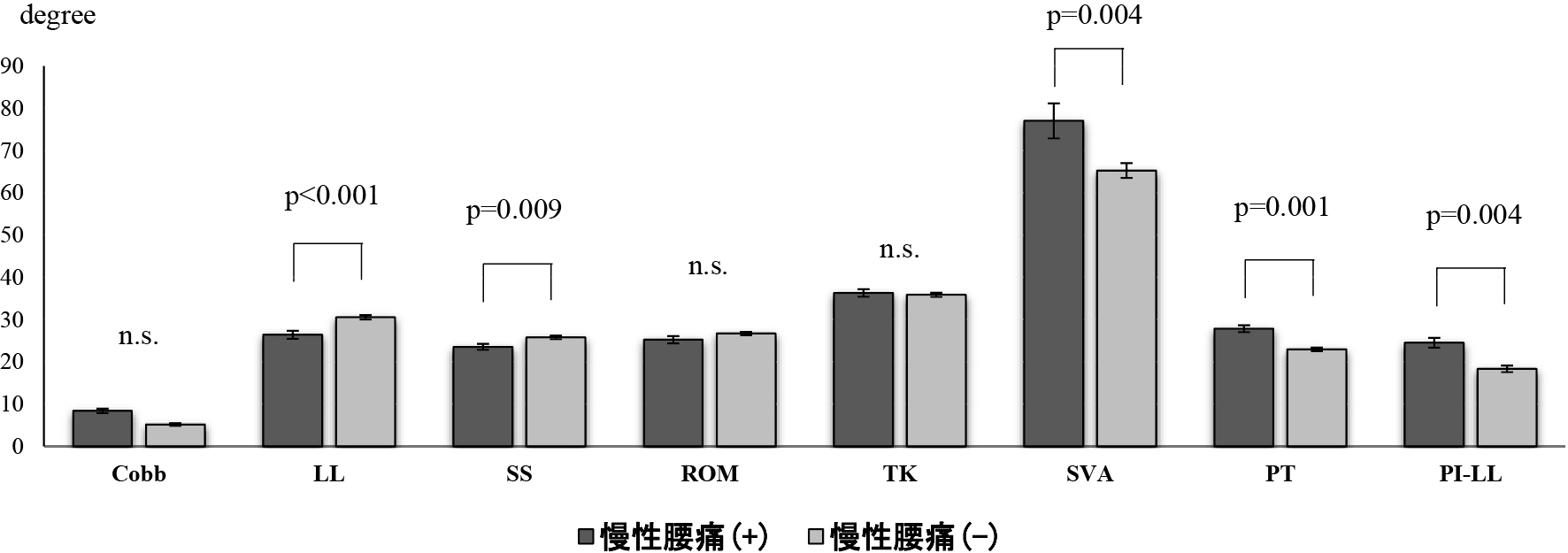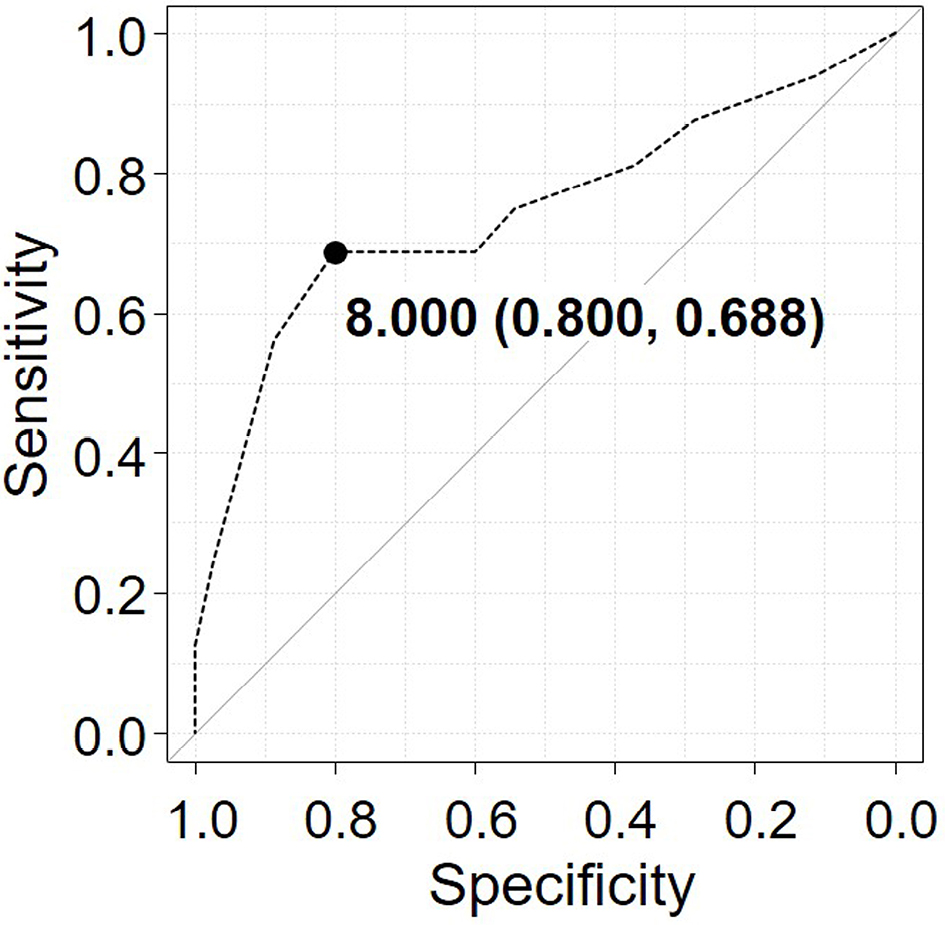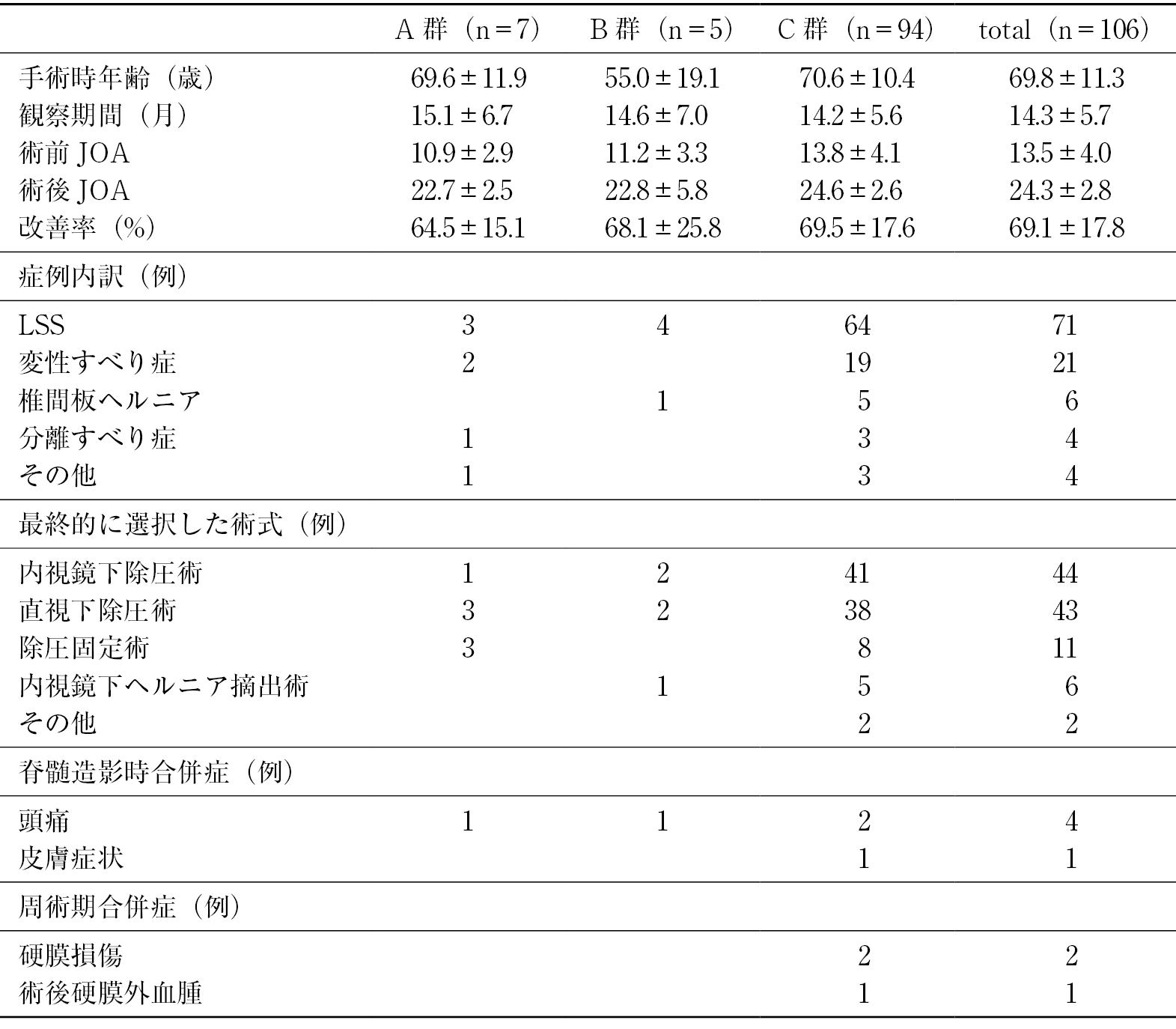Volume 12, Issue 5
Displaying 1-16 of 16 articles from this issue
- |<
- <
- 1
- >
- >|
-
2021Volume 12Issue 5 Pages 685
Published: May 20, 2021
Released on J-STAGE: May 20, 2021
Download PDF (276K)
-
2021Volume 12Issue 5 Pages 686-693
Published: May 20, 2021
Released on J-STAGE: May 20, 2021
Download PDF (1175K)
-
2021Volume 12Issue 5 Pages 694-702
Published: May 20, 2021
Released on J-STAGE: May 20, 2021
Download PDF (1549K) -
2021Volume 12Issue 5 Pages 703-708
Published: May 20, 2021
Released on J-STAGE: May 20, 2021
Download PDF (863K) -
2021Volume 12Issue 5 Pages 709-713
Published: May 20, 2021
Released on J-STAGE: May 20, 2021
Download PDF (778K) -
2021Volume 12Issue 5 Pages 714-722
Published: May 20, 2021
Released on J-STAGE: May 20, 2021
Download PDF (1935K) -
2021Volume 12Issue 5 Pages 723-728
Published: May 20, 2021
Released on J-STAGE: May 20, 2021
Download PDF (909K) -
2021Volume 12Issue 5 Pages 729-734
Published: May 20, 2021
Released on J-STAGE: May 20, 2021
Download PDF (829K) -
2021Volume 12Issue 5 Pages 735-743
Published: May 20, 2021
Released on J-STAGE: May 20, 2021
Download PDF (1293K) -
2021Volume 12Issue 5 Pages 744-750
Published: May 20, 2021
Released on J-STAGE: May 20, 2021
Download PDF (1023K) -
2021Volume 12Issue 5 Pages 751-758
Published: May 20, 2021
Released on J-STAGE: May 20, 2021
Download PDF (1553K) -
2021Volume 12Issue 5 Pages 759-765
Published: May 20, 2021
Released on J-STAGE: May 20, 2021
Download PDF (1199K) -
2021Volume 12Issue 5 Pages 766-772
Published: May 20, 2021
Released on J-STAGE: May 20, 2021
Download PDF (947K) -
2021Volume 12Issue 5 Pages 773-779
Published: May 20, 2021
Released on J-STAGE: May 20, 2021
Download PDF (1258K) -
2021Volume 12Issue 5 Pages 780-784
Published: May 20, 2021
Released on J-STAGE: May 20, 2021
Download PDF (731K) -
2021Volume 12Issue 5 Pages 785-791
Published: May 20, 2021
Released on J-STAGE: May 20, 2021
Download PDF (1605K)
- |<
- <
- 1
- >
- >|















